Comet 3I/ATLAS continues to captivate the public. The comet is only the third known interstellar visitor to our solar system, and has been repeatedly surprising astronomers as it flies through our cosmic neighborhood.
3I/ATLAS was first discovered in July. It made its closest pass to the sun on Oct. 30, and three sun-facing spacecraft collected images of the wanderer as it zoomed past our star. This imagery revealed that 3I/ATLAS underwent a "rapid brightening" that exceeds what is observed in most comets at similar distances to the sun. In a pre-print study of that imagery, published on arXiv, scientists wrote that this new data shows 3I/ATLAS is "distinctly bluer than the sun" in contrast to "earlier observations showing the comet's dust to be red." Numerous media outlets jumped at the chance to declare the comet had "changed color" multiple times and, of course, said it happened for mysterious reasons.
Comets are sometimes referred to as "dirty snowballs" due the fact that their icy solid cores, or nuclei, are made of frozen gases containing bits of rock and dust. As comets approach the sun, these frozen gases turn from solids back into a gaseous state, creating bright haloes of gas known as "comas" that give comets a fuzzy appearance. A coma can also form a long, bright tail as the solar wind pushes these gases away from the comet's nucleus.
Zhang said that, technically, comet 3I/ATLAS has only appeared to "change color" a single time — when its coma became bright as the comet ejected gases while warming up in the sun's heat earlier this year. This was far before reports started emerging about the interstellar visitor's supposed newsworthy "color change."
"As far as we know, the comet just 'changed color' once when its gas coma first became visible/bright, and it's still like that now (only brighter)," Zhang said.
"However, this was already beginning to happen by early September before it got too close to the sun in the sky, as there are numerous photos from amateur astronomers from around then already showing that the comet has a blue/green gas coma."
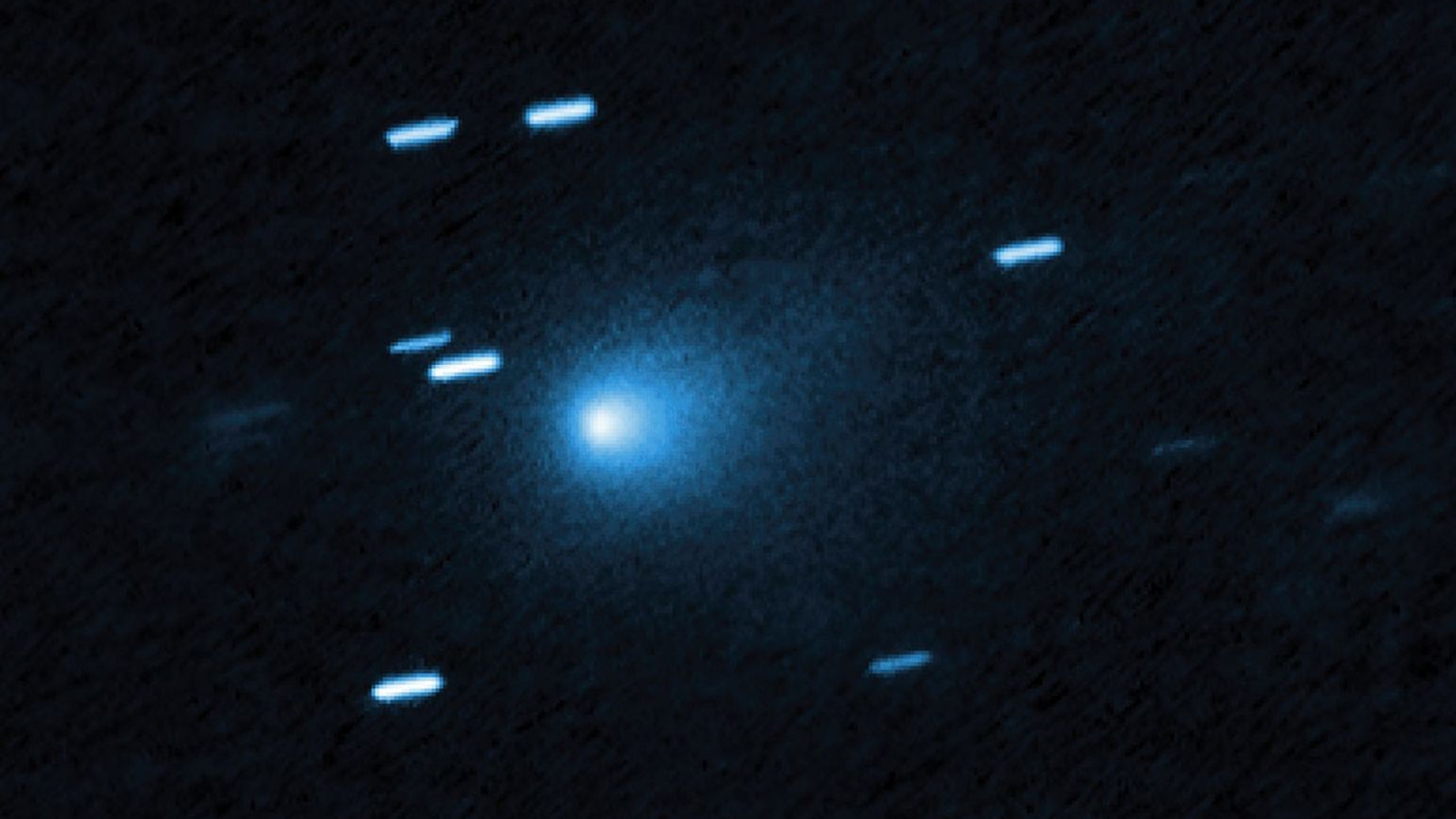
The comet has been the target of quite a bit of misinformation and extreme speculation, including conspiracy theories that allege it is actually an alien spacecraft and that the U.S. government is using the current government shutdown to conceal evidence of its true nature.
But such extreme circumstances aren't necessary to have this object be as fascinating as it is. Its serendipitous pass through our corner of the cosmos offers us a rare peek into what conditions might be like outside the solar system.
Numerous ground-based telescopes have captured images of the comet, even consumer-grade telescopes as small as 6 inches, and so have the Hubble Space Telescope, Europe's ExoMars Trace Gas Orbiter and China's Tianwen 2 asteroid probe.
NASA's Mars Reconnaissance Orbiter was due to capture imagery of the comet as it passed by the Red Planet around Oct. 3, but due to NASA's operations being largely on hold due the shutdown, no imagery has been released from that flyby.
Comet 3I/ATLAS will make its closest approach to Earth on Dec. 19, when it will pass us at a distance of some 167 million miles (270 million km).
.png)
 German (DE)
German (DE)  English (US)
English (US)  Spanish (ES)
Spanish (ES)  French (FR)
French (FR)  Hindi (IN)
Hindi (IN)  Italian (IT)
Italian (IT)  Russian (RU)
Russian (RU) 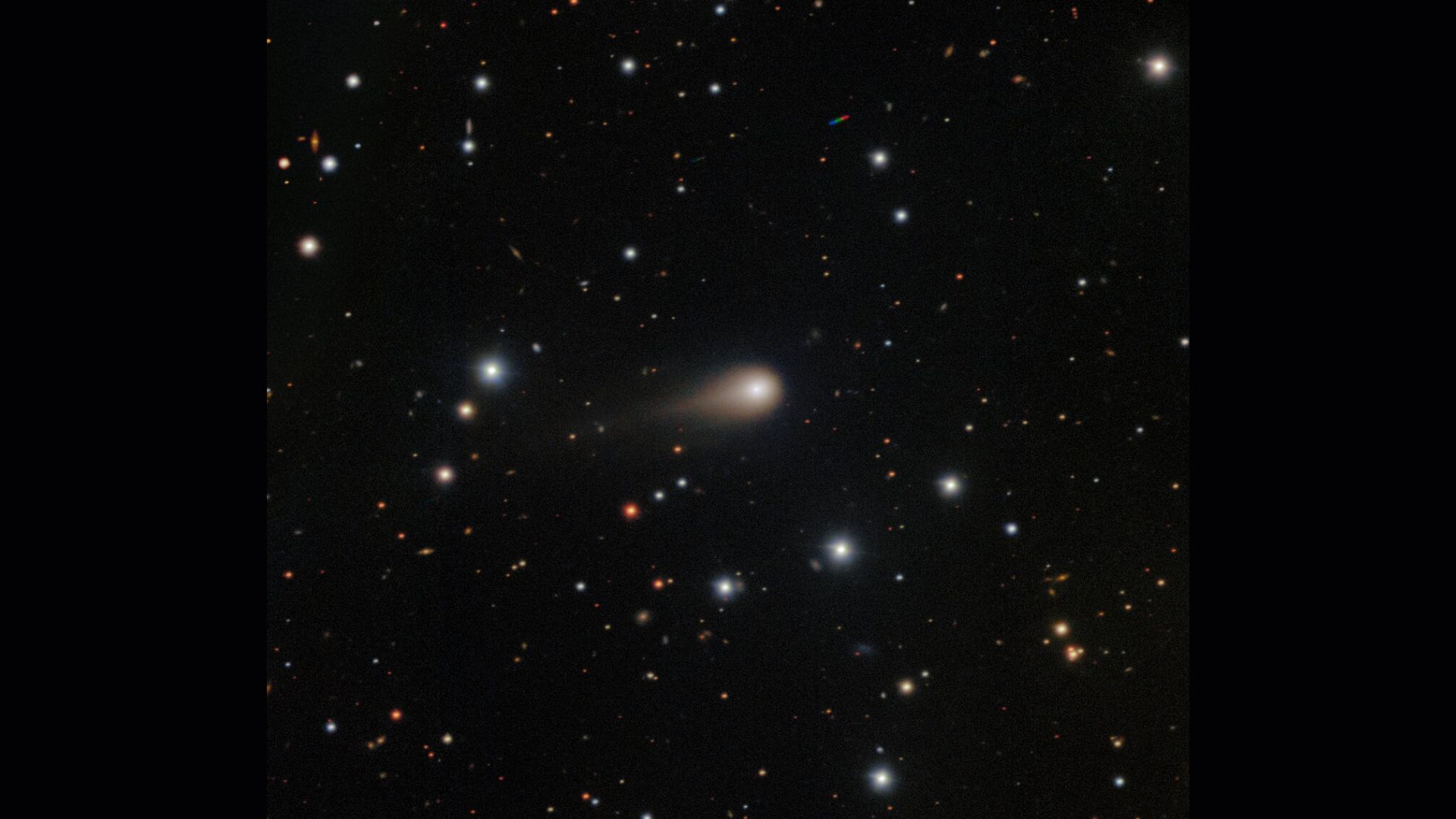
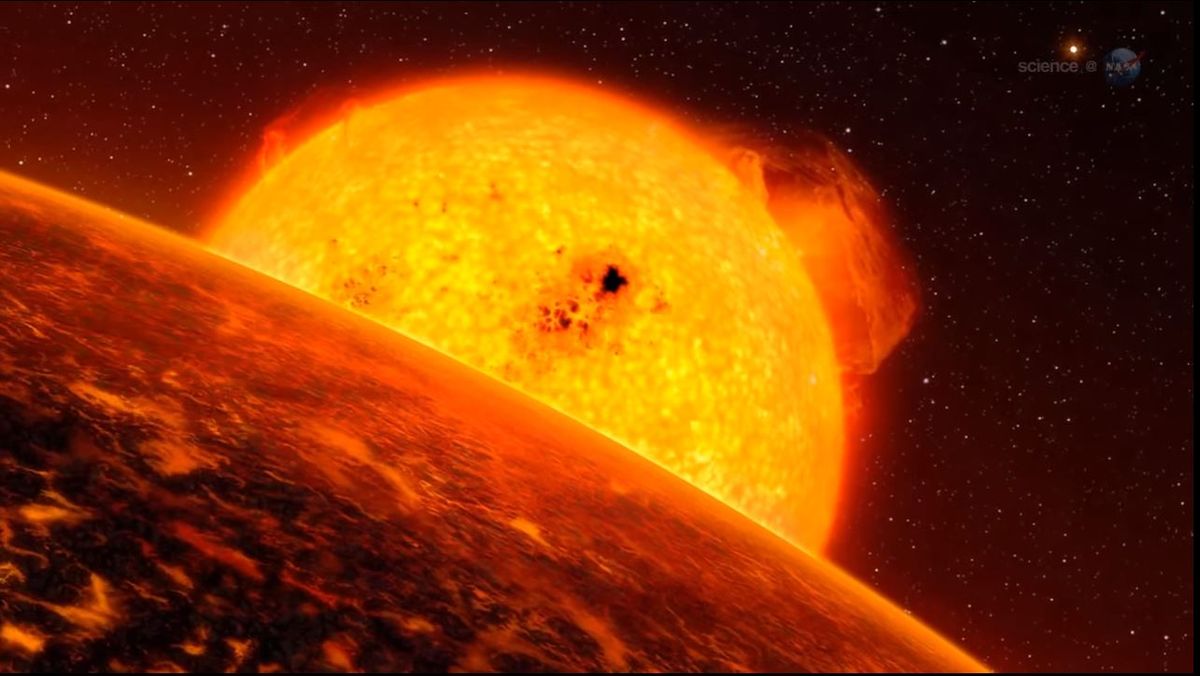
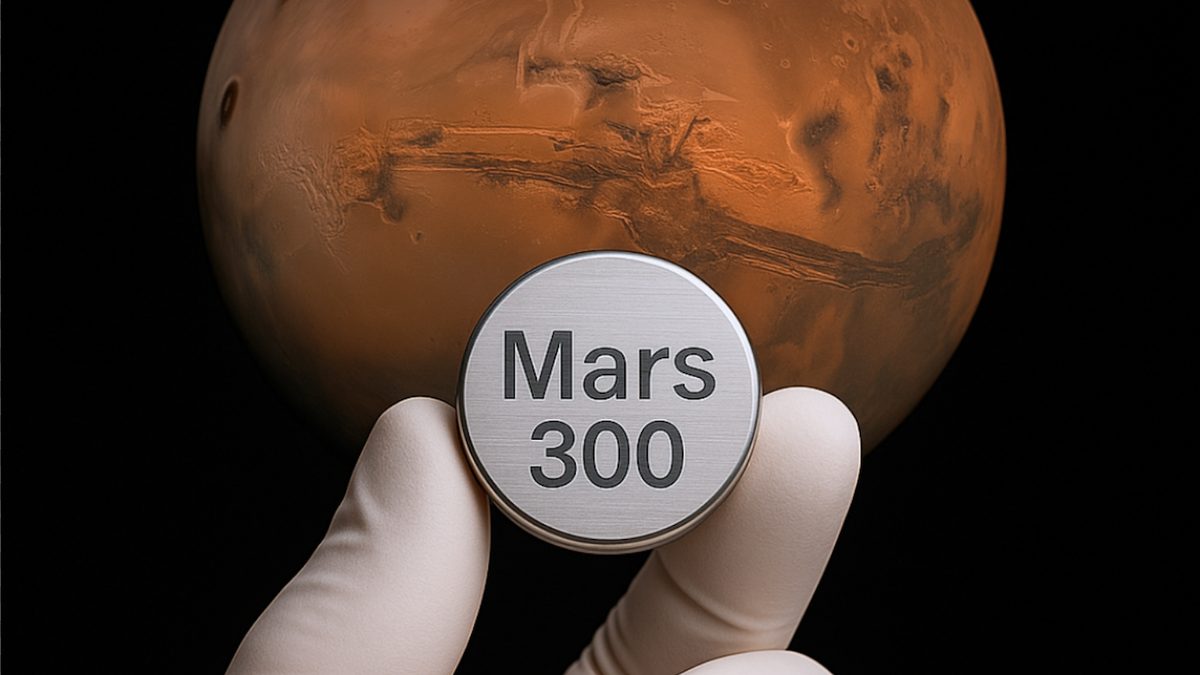
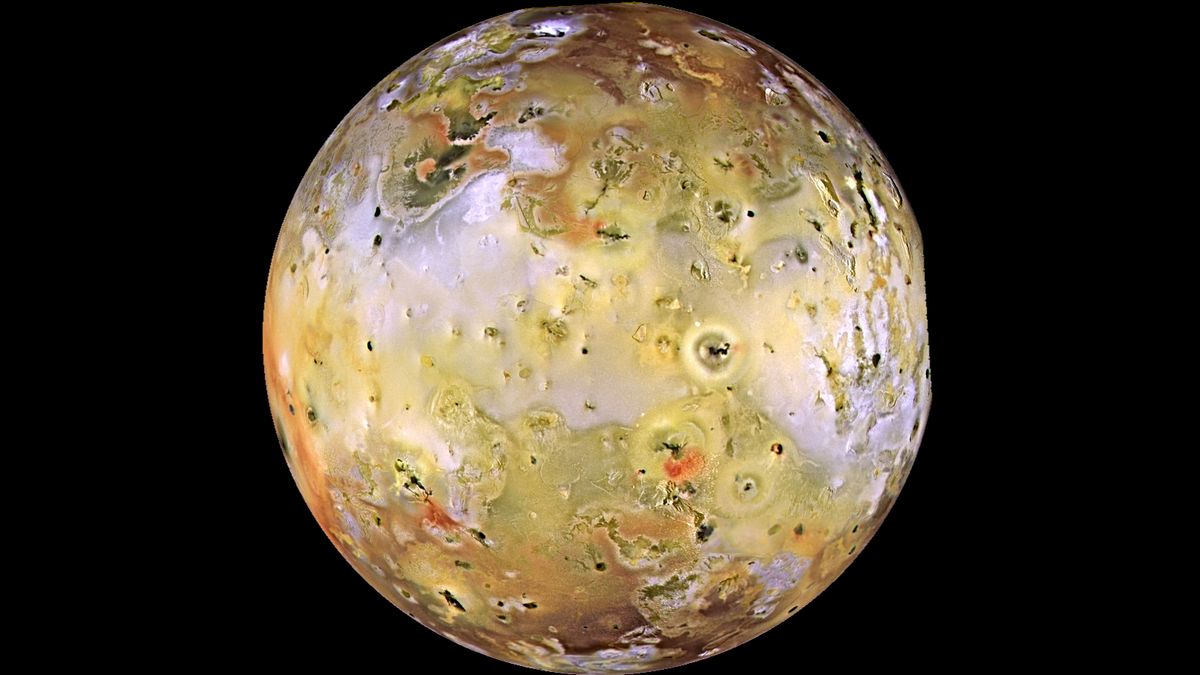
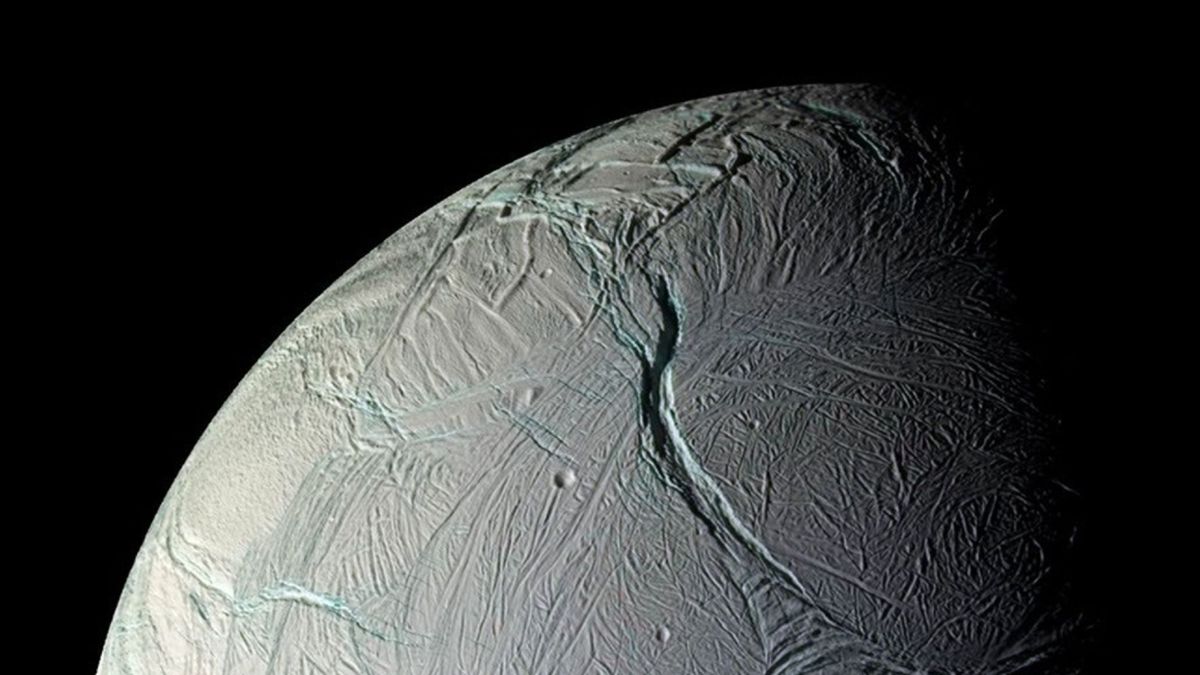





Comments
Get the most out of News by signing in
Sign In Register